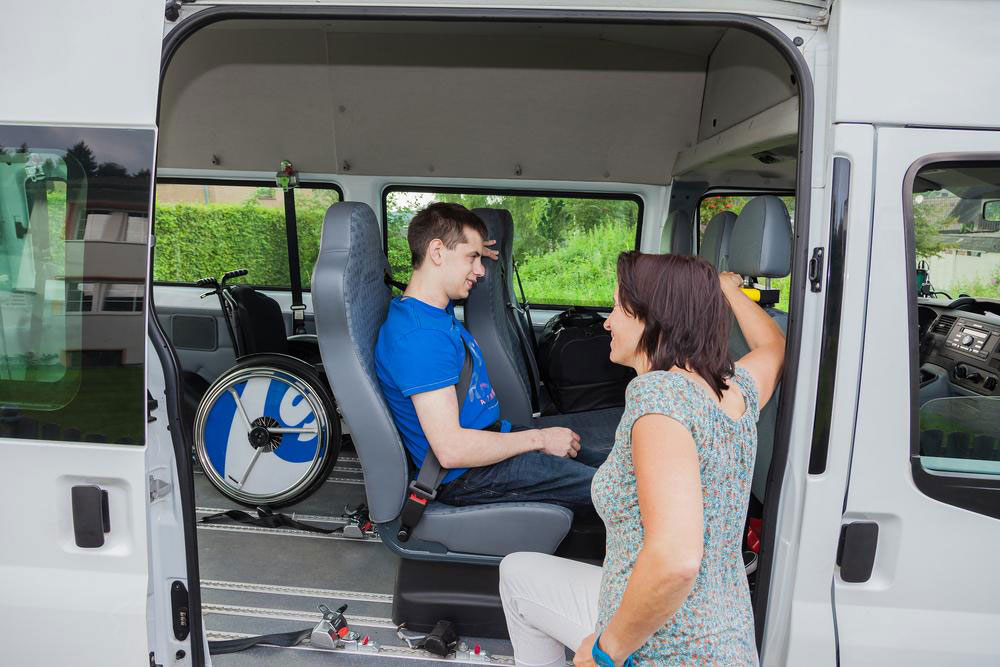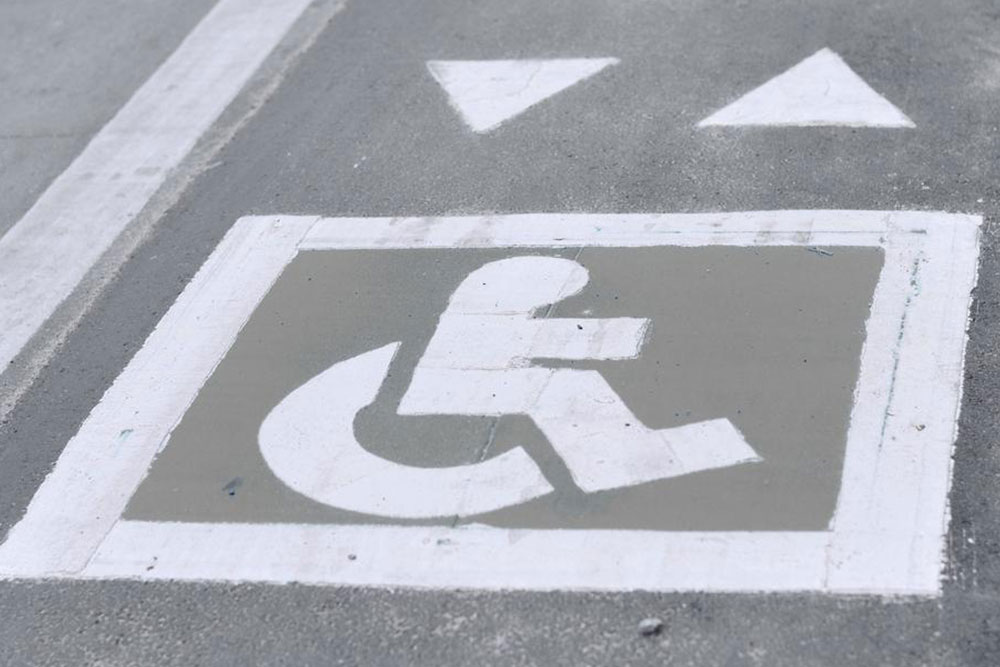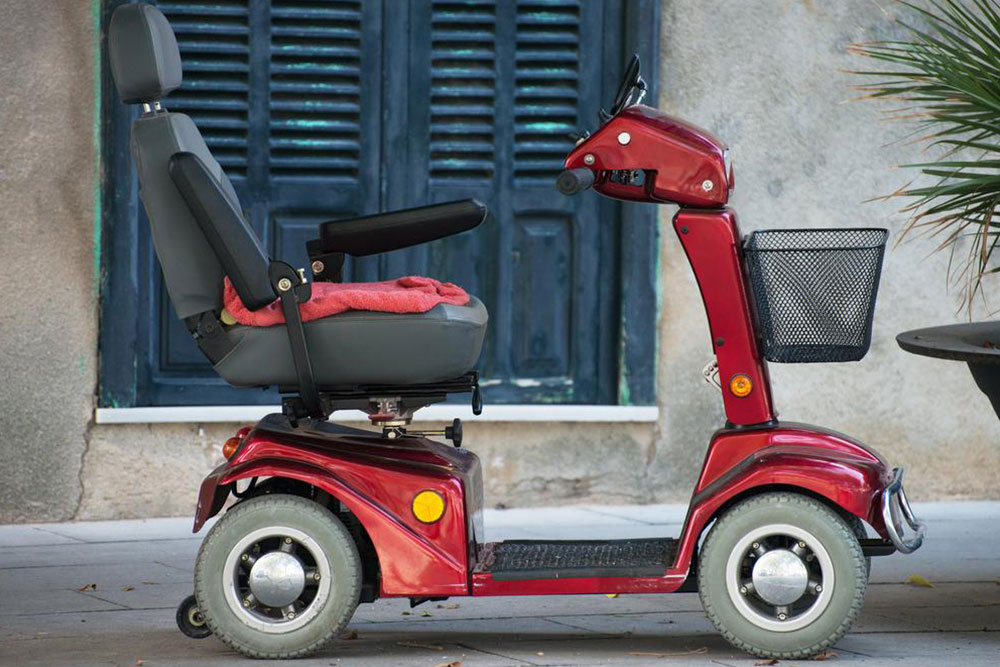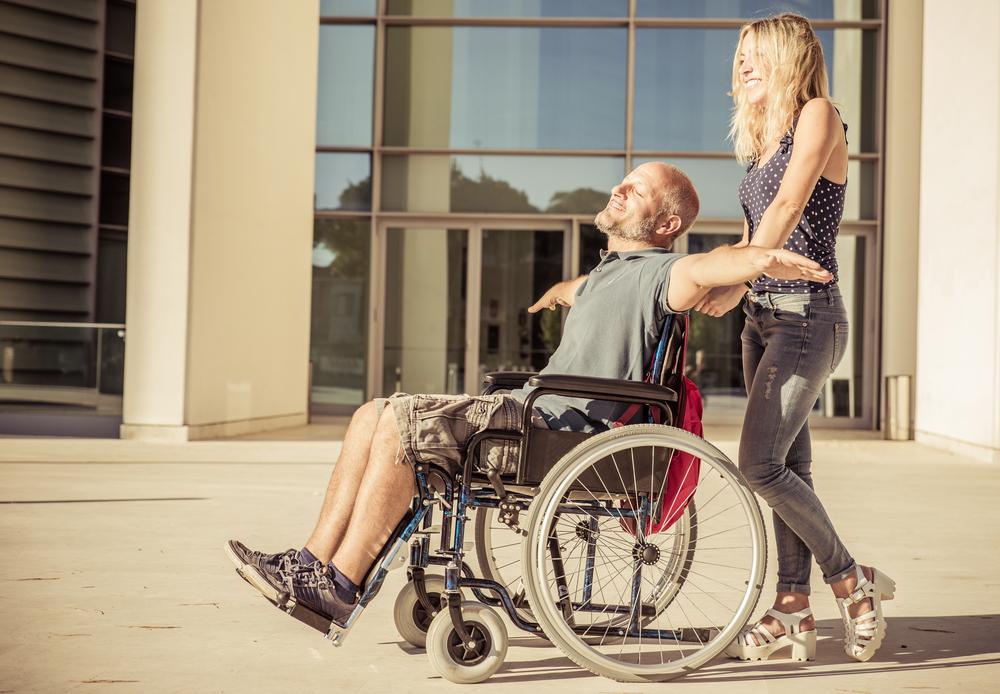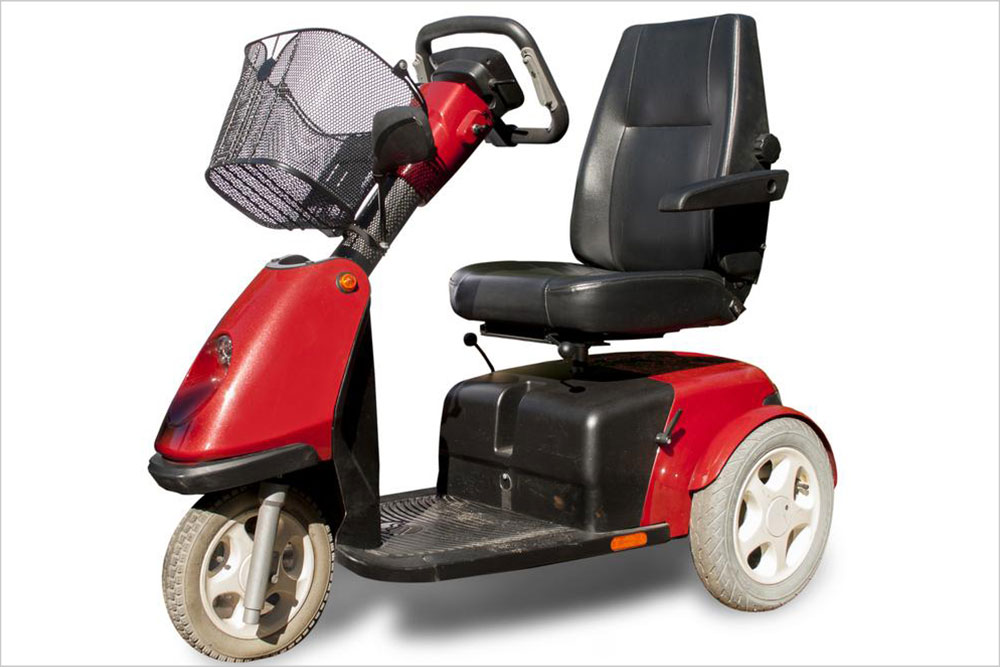Essential Insights on Accessible Wheelchair Vans
Discover key information about wheelchair vans, including modifications, safety features, and entry options tailored to enhance mobility and independence for users. Learn about different conversion types and safety considerations for accessible transportation solutions.
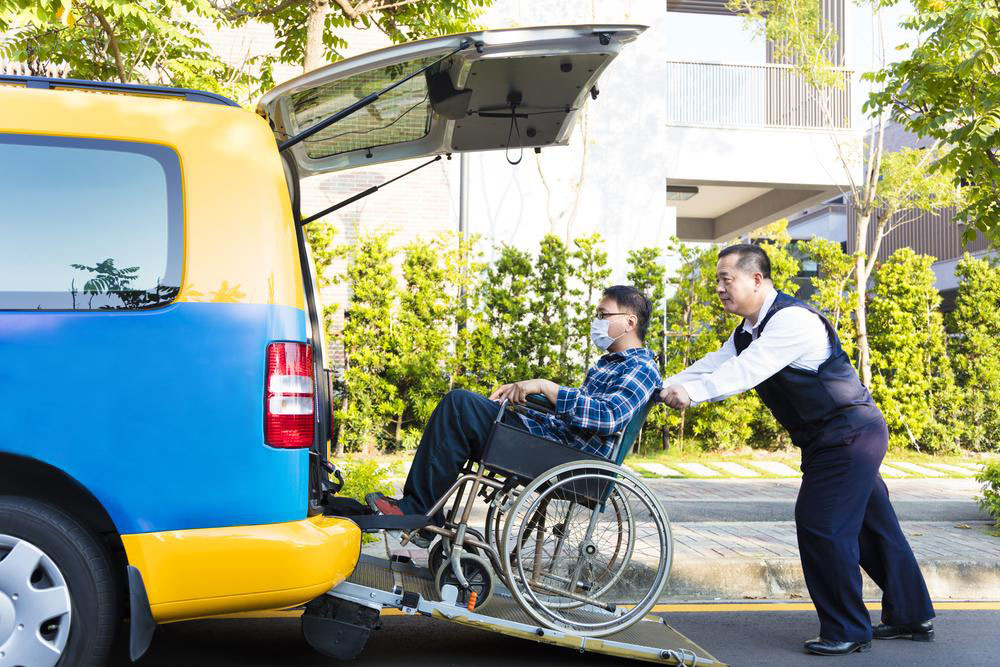
Essential Insights on Accessible Wheelchair Vans
Wheelchair vans are specially modified vehicles designed to provide optimum comfort and accessibility for individuals with mobility challenges. These vehicles, whether personal or commercial, are adapted to safely transport both manual and electric wheelchairs without requiring the user to leave their wheelchair. The primary benefit is allowing passengers to enter and exit easily without transferring from their wheelchair, ensuring convenience and independence.
Typical modifications include:
The vehicle floor can be lowered to provide sufficient clearance for ramps and speed bumps, with automated systems available for wheelchair loading and unloading.
Seats may be adjusted or removed to make room for the wheelchair, maintaining safety and comfort standards.
External ramps or turning seats are installed to smoothly position the wheelchair, allowing effortless boarding without needing to move the passenger out of the wheelchair.
Heavier electric wheelchairs may require suspension adjustments or payload modifications to manage added weight effectively.
Vehicle modifications typically include reinforced flooring for stability, restraint systems to secure the wheelchair, and other safety features to ensure secure transport.
Conversions generally fall into two categories: side entry and rear entry. The choice depends on the wheelchair’s intended use, parking considerations, and passenger needs. Side entry enables the user to drive while seated in the wheelchair, whereas rear entry is suitable when the passenger is not driving, saving space and simplifying parking.

